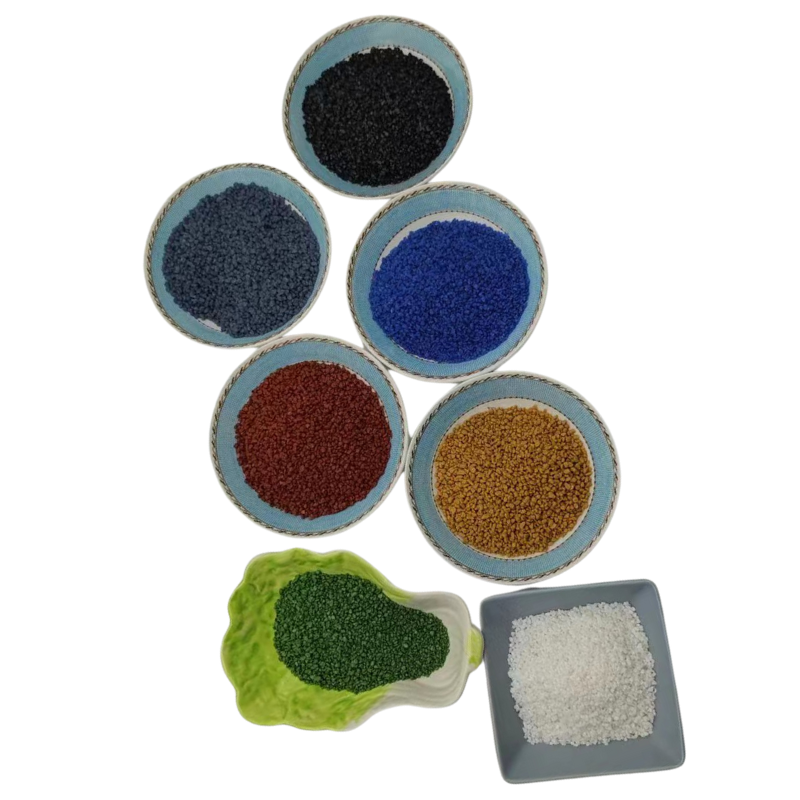
shell sand casting
Shell Sand Casting An Overview
Shell sand casting is a highly effective and popular method in metal casting that utilizes a mixture of sand and thermosetting resin to produce intricate and high-quality metal parts. This technique bridges the gap between traditional sand casting and more advanced casting processes, making it an appealing choice for many industries. In this article, we will explore the fundamentals of shell sand casting, its advantages, and its applications in various fields.
The Process of Shell Sand Casting
The shell sand casting process begins with the creation of a mold. This mold is made by applying a mixture of fine sand and a thermosetting resin to a heated metal pattern. As the hot pattern comes into contact with the mixture, the resin cures quickly, adhering the sand particles together and forming a sturdy shell-like mold. This coating process is typically repeated to achieve the desired thickness, often ranging from a few millimeters to a few centimeters.
Once the mold has cured, it is removed from the pattern, resulting in two halves that can be assembled for the pouring phase. The mold is preheated and then filled with molten metal, which can be made from various alloys, including aluminum, iron, and bronze. After the metal has cooled and solidified, the mold is broken apart to retrieve the final casted part.
Advantages of Shell Sand Casting
Shell sand casting presents numerous advantages over traditional sand casting methods. One of the key benefits is the superior surface finish achieved through the shell mold process. The fine grains of the shell sand result in a finer surface texture, reducing the need for extensive machining or finishing operations. This makes shell sand casting an excellent choice for components that require high precision and aesthetic quality.
Another significant advantage is the increased dimensional accuracy. The shell molds maintain their shape better than traditional sand molds due to the rigidity imparted by the resin. This leads to reduced tolerances and a more consistent final product, which is crucial for components used in applications like automotive or aerospace industries where precision is paramount.
shell sand casting

The shell sand casting process also allows for the production of complex geometries and intricate designs. The process is versatile, enabling manufacturers to create both small and large parts with intricate internal structures. This flexibility allows for innovations in product design that would be difficult or impossible to achieve with other casting methods.
Applications of Shell Sand Casting
Due to its versatility and high-quality output, shell sand casting finds applications across various industries. One prominent area is the automotive sector, where it is used to manufacture engine blocks, cylinder heads, and other critical components. The ability to produce lightweight yet durable parts contributes to fuel efficiency and overall vehicle performance.
Aerospace is another industry that benefits from shell sand casting. The lightweight and high-strength components produced using this method are essential for aircraft and spacecraft, where every ounce matters. Shell sand casting allows for the creation of complex parts that can withstand harsh operational environments.
Moreover, the precision offered by this method has led to its adoption in the production of medical devices, machinery parts, and even artistic sculptures. In the art world, artists utilize shell sand casting to create detailed replicas and custom designs, showcasing the technique's aesthetic potential.
Conclusion
Shell sand casting stands out as a premier method for producing high-quality metal components with intricate designs and superior finishes. Its numerous advantages, including enhanced precision and the ability to create complicated geometries, make it a valuable process across diverse industries, from automotive to aerospace to art. As technology continues to evolve, the shell sand casting process is likely to see further innovations, leading to even broader applications and efficiencies in the manufacturing landscape. Whether for industrial parts or artistic expressions, shell sand casting remains a testament to the ingenuity and craftsmanship in the world of metalworking.
Share
-
Fly Ash Solutions Enhanced by GPT-4 Turbo | Sustainable InnovationNewsAug.01,2025
-
Natural Premium Bentonite Cat Litter - Superior ClumpingNewsJul.31,2025
-
Premium Resin Coated Sand - High Heat Resistance CastingNewsJul.31,2025
-
High Quality Silicon Carbide Grit for Abrasive ApplicationsNewsJul.30,2025
-
High-Quality Ceramsite for Plants & Gardening | Lightweight PebblesNewsJul.29,2025
-
Premium Burgundy Glass Marbles for Vases & Shooter GamesNewsJul.29,2025






